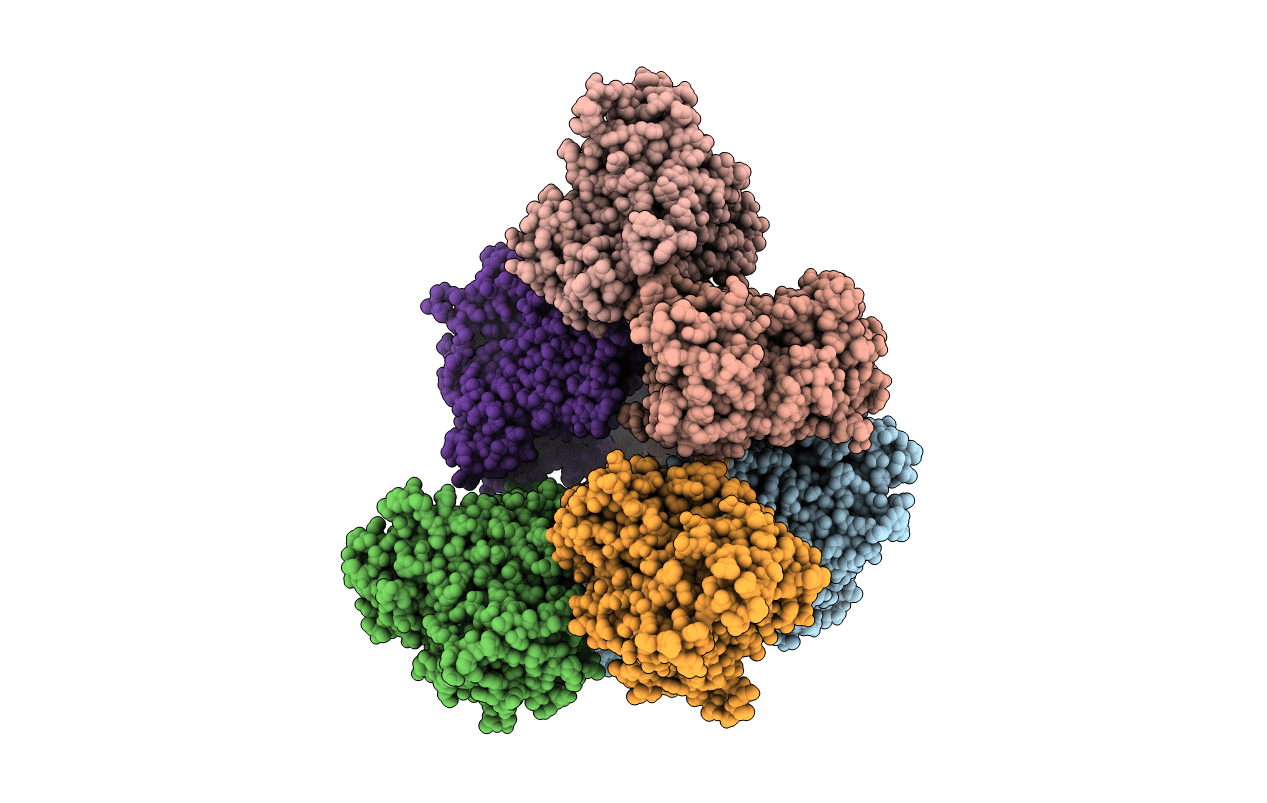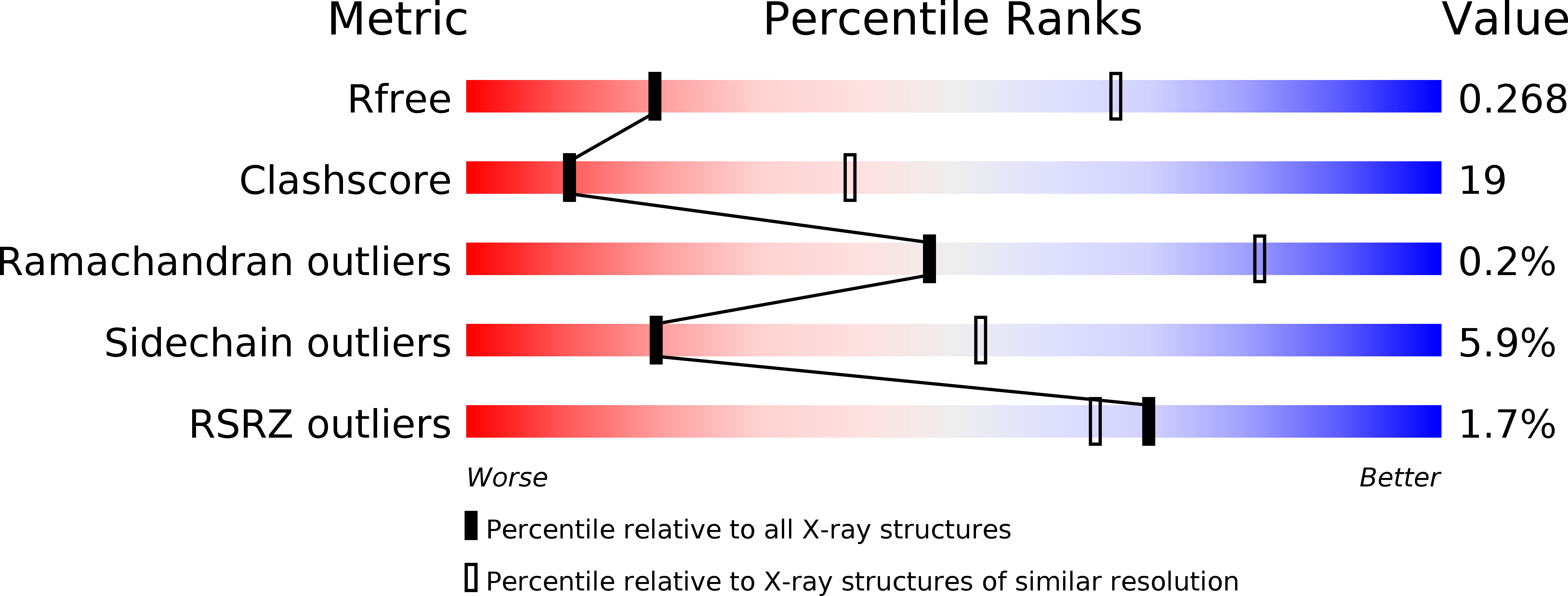
Deposition Date
2011-03-09
Release Date
2011-05-11
Last Version Date
2024-11-27
Entry Detail
PDB ID:
3R1A
Keywords:
Title:
Closed crystal structure of cytochrome P450 2B4 covalently bound to the mechanism-based inactivator tert-butylphenylacetylene
Biological Source:
Source Organism:
Oryctolagus cuniculus (Taxon ID: 9986)
Host Organism:
Method Details:
Experimental Method:
Resolution:
3.50 Å
R-Value Free:
0.28
R-Value Work:
0.20
R-Value Observed:
0.20
Space Group:
P 21 21 21


